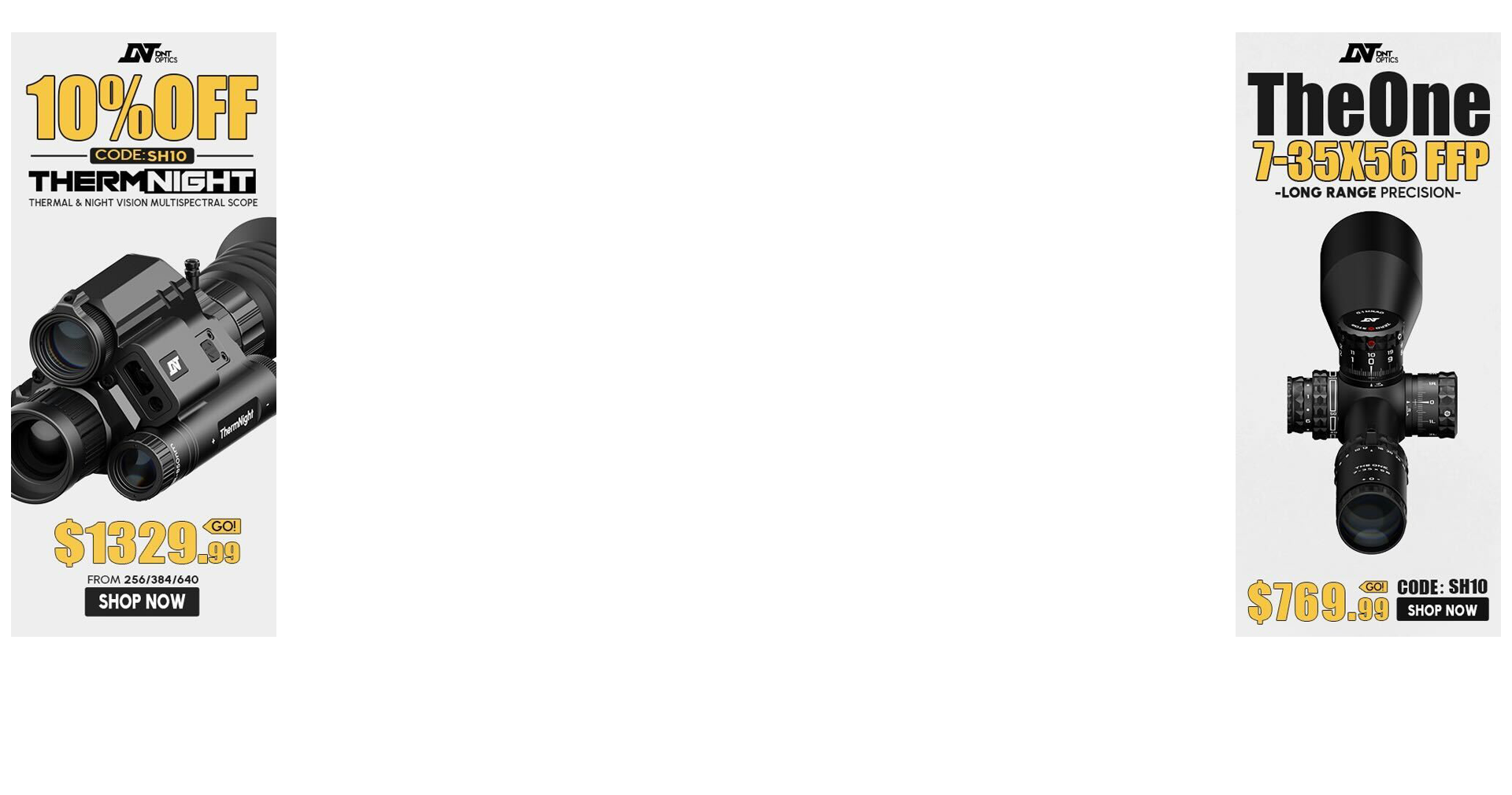Re: raceway, lug, bolt dia.
Some of this is semantics. You are talking about "clearances" and "tolerances" but I am not sure we are all on the same page. This is also where I should just keep my mouth shut because I am not an engineer or a gunsmith - just a gun crank who thinks he knows it all.
As I understand the question, what CC is really talking about is clearances - the difference in measurements of various parts that have to work together to perform a function. The tighter that clearances are held, the more consistent the mechanical function will be - however, with tighter clearances, there is also a higher probability of parts binding or seizing due to any number of reasons to include debris accumulation, different expansion rates of dissimilar metals as the heat up due to movement, or galling of incompatible alloys.
The process of "sleeving" a stock Remington bolt was developed by benchrest gunsmiths to keep clearances/tolerances to a minimum, thereby assuring that whenever a round was chambered and the action bolted, the bolt face, chamber, alignment of the round in the chamber as pressed forward and resting on the bolt face - all were as square and/or concentric as mechanically possible from one shot to the next. Some of the processes you mention represent several ways to accomplish this. Sleeving adds a metal sleeve that is usually somewhat elliptical, so that when the bolt is closed, it fits tightly and (more importantly) in the same position at the breech of the chamber. Another way to get there is to take a bolt raceway reamer (like those made by PTG) that opens the hole down the middle of the action to a UNIFORM diameter and a perfectly round cross section. Then you add either an oversized bolt or a sleeved bolt with the clearances you need or think you need to get the most mechanical consistency that can be got.
As you have noted though, this degree of tight mechanical clearances and precision, comes at a cost - i.e., the possibility of binding when any debris is added to the equation. As with most things, the solution is to compromise. You try to have loose enough clearances in the mechanical relationships of the various moving parts that come into play during the operations of loading and reloading, while trying to have minimum clearances/tolerances at the point of lock-up. This is why Surgeon (and others) makes more than one type of action. A purely "tactical" action has loose enough clearances (slop) in the specs of the parts involved in the loading/reloading operations so that it will work under less-than-ideal conditions - sand, mud, snow, etc. - while still locking up tightly enough, when in battery, to deliver consistent performance.
Back to some of the original questions - lugs running in the raceways have little to do with bolt diameter or any of the other issues mentioned other than if the lugs are too long or wide or off in any dimension to allow them to run freely in the raceway, they will bind. Where lug fit is more important is the relationship between the back surface of the lug that rests on the "shoulder" or "shelf" face of the action body, when the bolt is turned down and in battery. If one of the lugs is "higher" than the other, only that lug will be engaging the abutment leaving the other sitting off the abutment. In theory, when the shot is fired and the round/case head accelerates rearward onto the bolt face, that lug sitting above the abutment is thrust back into contact with the abutment, but now the whole relationship of the parts is out of square and vibration or flex or some other disastrous situation has thrown your shot. (Maybe) That's why when a factory action is trued, the lugs and abutment are fitted (or lapped) so that this will not happen.
All this being said, there are numerous instances of rifles that are so mechanically out of square that they should not shoot worth a damn and yet, they perform right up there with a custom.
Go figure.
If pure mechanical accuracy is your goal - such as Benchrest - then removing all mechanical slop and going for minimum clearances is the way to go. If you are looking for a field rifle, get as tight as you can in the critical operations, without losing reliable function.
Hope this helps.

